2025 American Innovation $1 Coin – Arkansas Honors Raye Montague, Naval Engineering Pioneer
The 2025 American Innovation $1 Coin representing Arkansas pays tribute to Raye Montague, a trailblazing engineer whose groundbreaking work revolutionized naval ship design. As part of the American Innovation $1 Coin Program, this release celebrates Montague’s legacy and her pivotal role in transforming the U.S. Navy’s approach to shipbuilding through computer-aided design.
Who Was Raye Montague?
Raye Montague (1935–2018) was a pioneering African American naval engineer who overcame racial and gender barriers to become a leader in military technology. She is widely credited with creating the first computer-generated design for a naval ship, a feat that dramatically accelerated the shipbuilding process and reshaped engineering standards within the U.S. Navy.
Her most notable achievement was the design of the Oliver Hazard Perry-class frigate, a warship that became a staple of naval operations. Montague’s innovation not only saved time and resources but also demonstrated the power of digital tools in complex engineering environments. Her legacy continues to inspire future generations of women and minorities in STEM fields.
Obverse Design: Symbolizing Innovation and Industry
The obverse (heads) of the Arkansas American Innovation $1 Coin features a bold and dramatic profile of the Statue of Liberty, symbolizing freedom, progress, and the spirit of American ingenuity. This iconic image is a hallmark of the Innovation series, representing the broader theme of technological and societal advancement.
A unique feature of the obverse is the privy mark of a stylized gear, which serves as a visual metaphor for industry, innovation, and engineering excellence. This gear emblem reinforces the coin’s tribute to Montague’s contributions to mechanical and digital design.
Reverse Design: A Visionary at Work
The reverse (tails) of the coin showcases Raye Montague in the act of visualizing a United States Navy Oliver Hazard Perry-class frigate, the ship she famously designed using computer-aided drafting. The background features a grid pattern over the sea, symbolizing the engineering schematics and digital modeling techniques she pioneered.
This design captures both the technical precision and visionary thinking that defined Montague’s career. The inscriptions on the reverse include:
- “UNITED STATES OF AMERICA”
- “ARKANSAS”
- “RAYE MONTAGUE”
Together, these elements honor her roots, her achievements, and her national impact.
Edge-Incused Inscriptions
In keeping with the American Innovation $1 Coin series, the edge of the coin includes incused inscriptions:
- “2025” – the year of issue
- Mint mark – indicating the production facility
- “E PLURIBUS UNUM” – Latin for “Out of many, one,” reflecting unity and diversity
These subtle yet meaningful details add depth and authenticity to the coin’s design.
Why This Coin Matters
The Arkansas Raye Montague $1 Coin is a compelling addition to any numismatic collection, especially for those interested in American innovation, naval history, and trailblazing women in STEM. It serves as both a collectible and an educational artifact, spotlighting a figure whose contributions have long been underrecognized.
Collectors, educators, and history enthusiasts will appreciate the coin’s artistic detail, historical relevance, and symbolic power. It’s also a meaningful gift or teaching tool for young learners exploring careers in science, technology, engineering, and mathematics.
Final Thoughts
The 2025 Arkansas American Innovation $1 Coin honoring Raye Montague is more than a piece of currency—it’s a tribute to resilience, brilliance, and the transformative power of innovation. As part of the U.S. Mint’s ongoing effort to recognize American inventors and visionaries, this coin ensures that Montague’s legacy is etched into the nation’s collective memory. Whether you’re a seasoned collector or a newcomer to numismatics, this coin offers a rich narrative and enduring value.

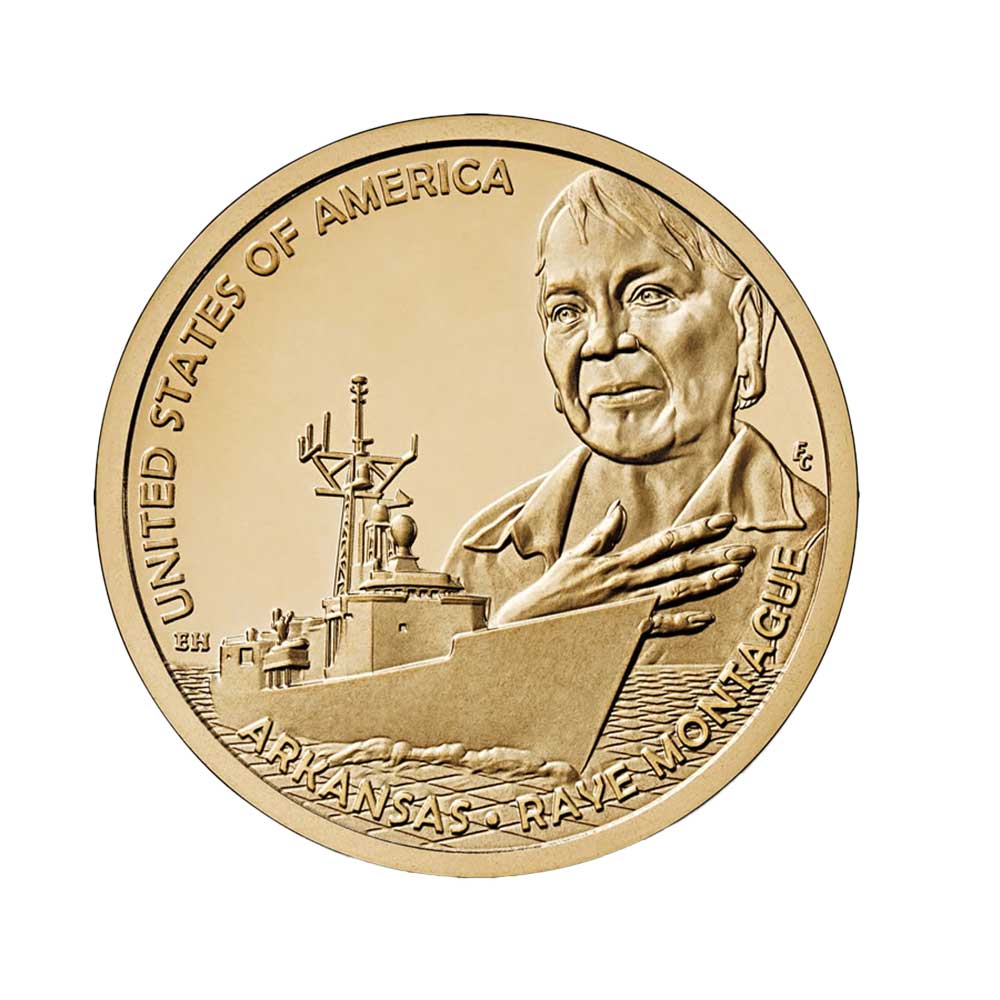
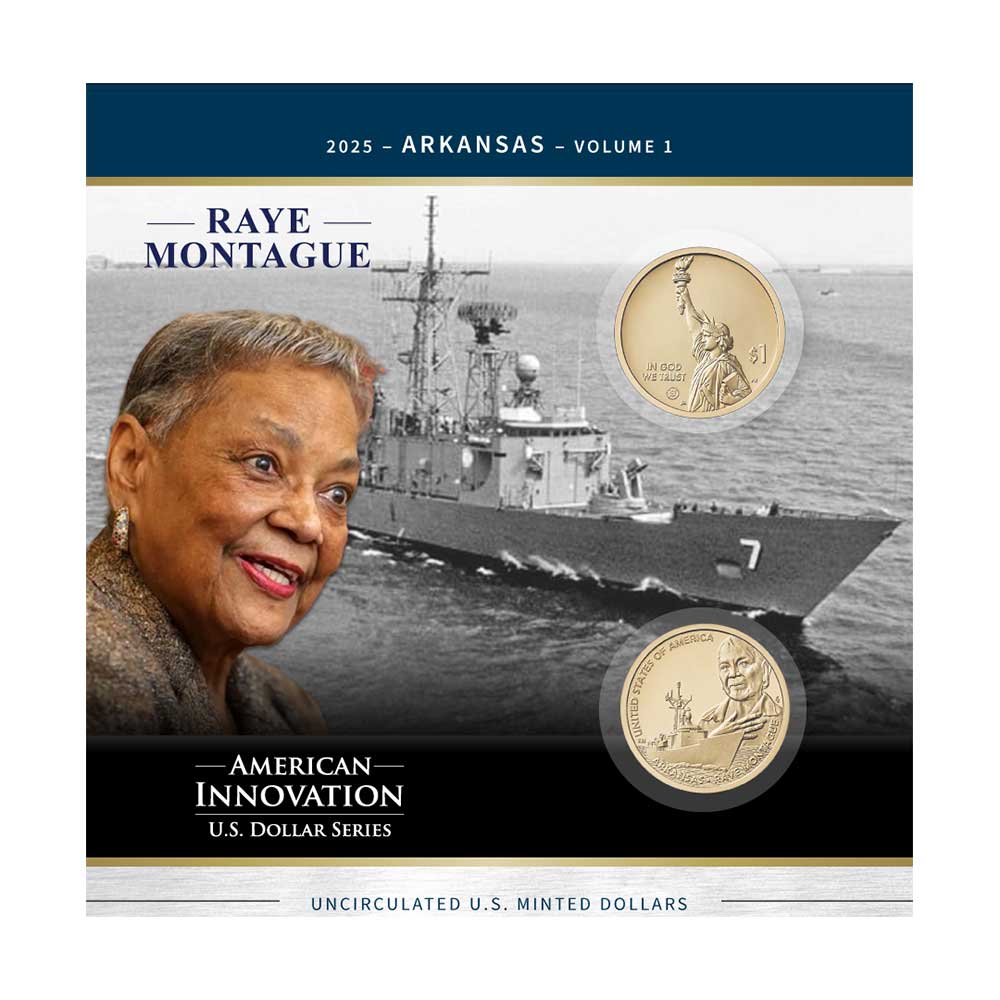
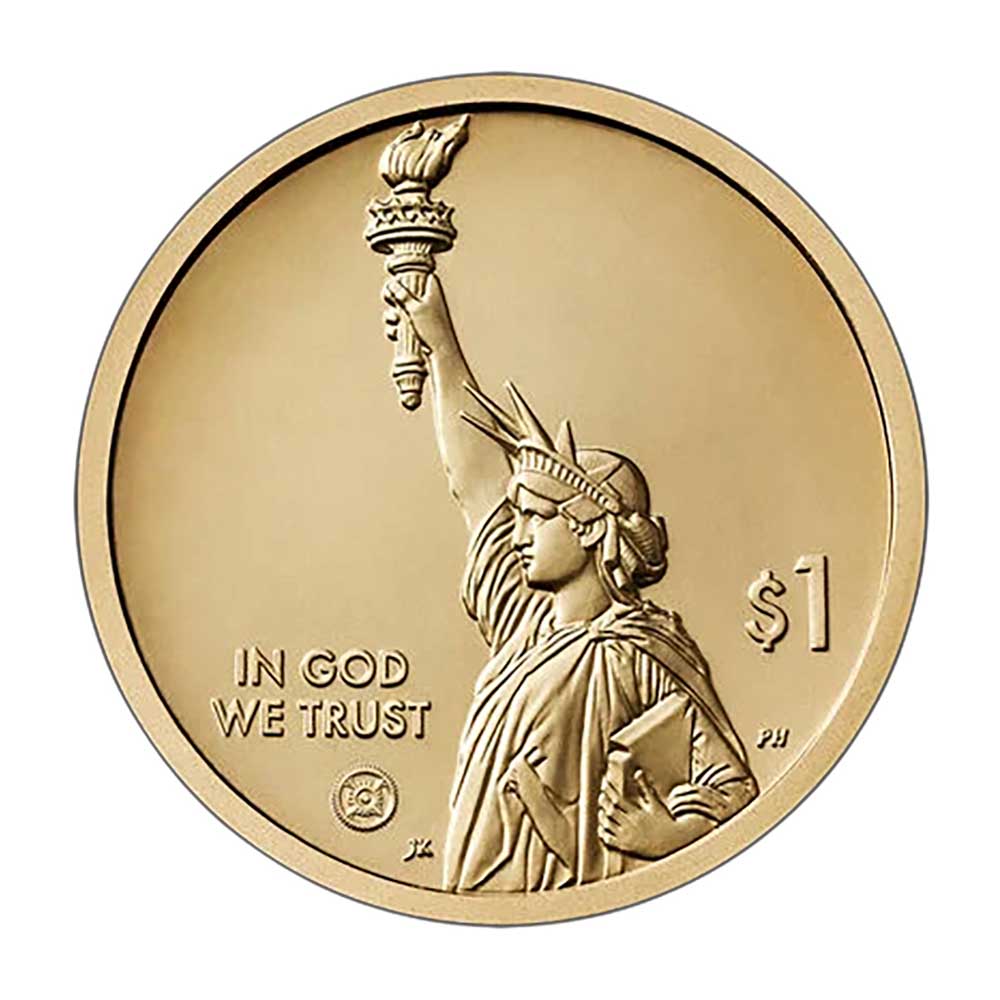
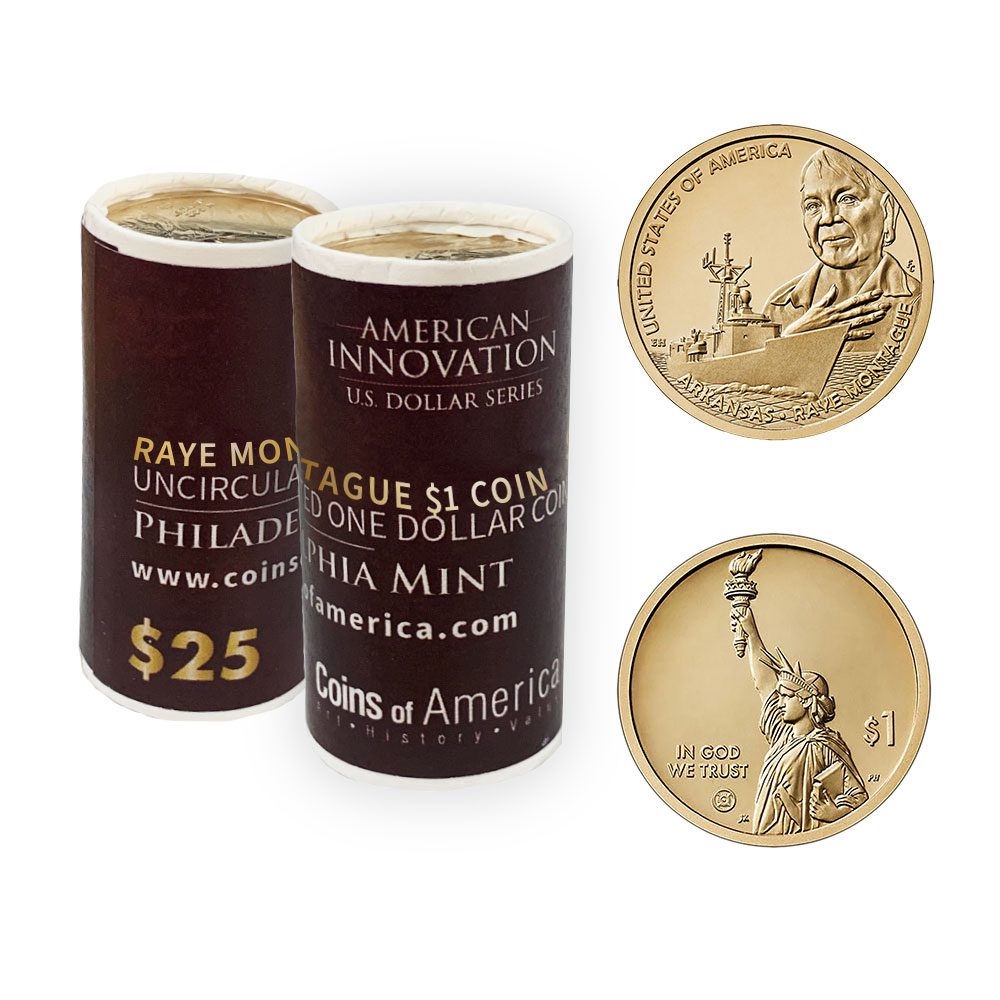
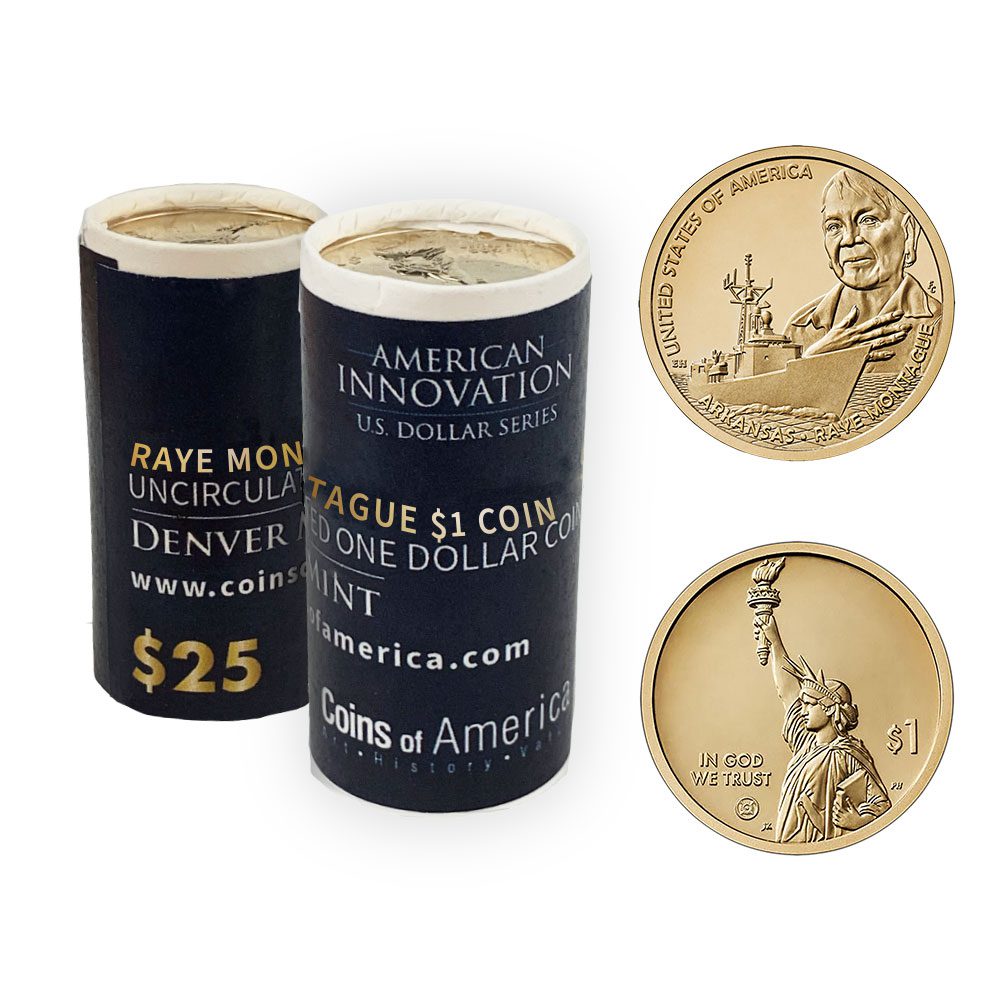
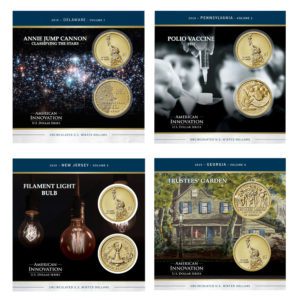
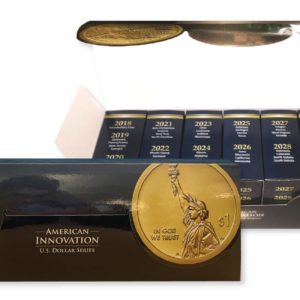
Reviews